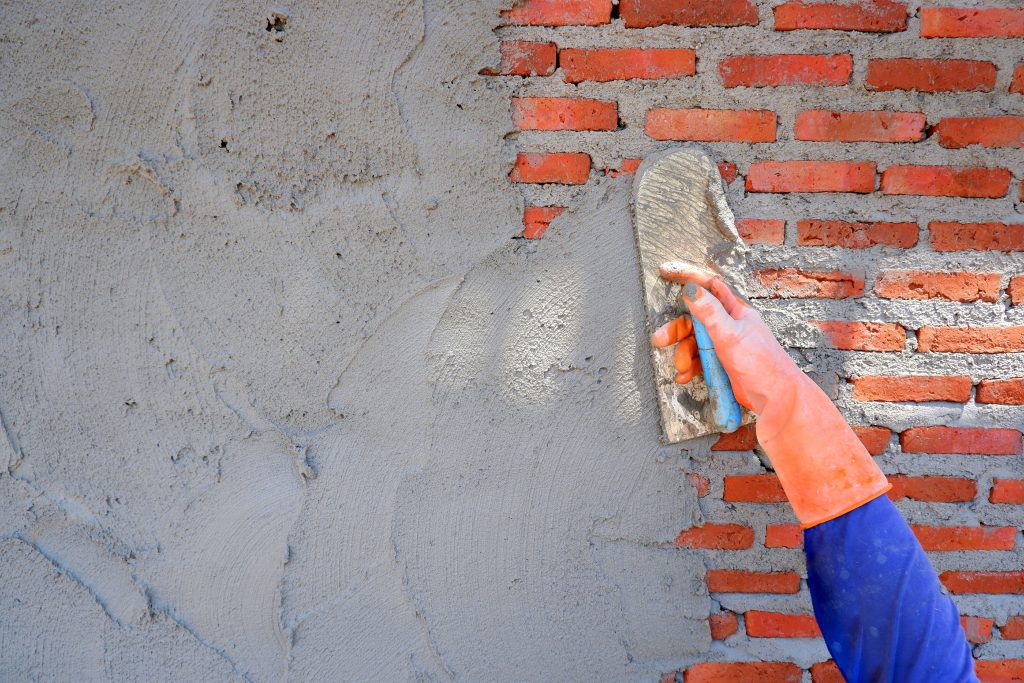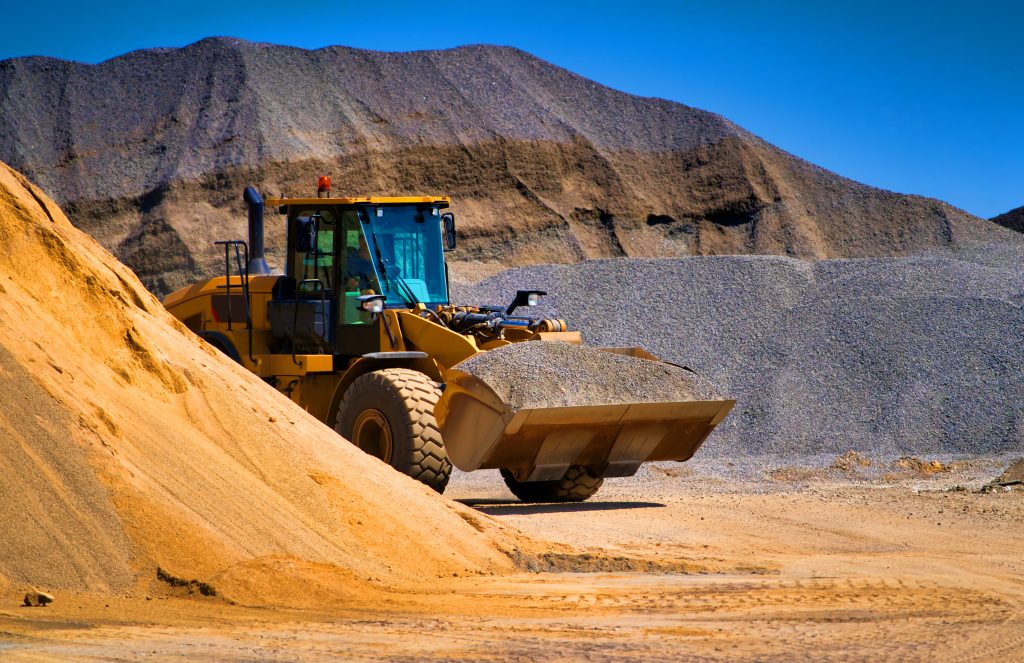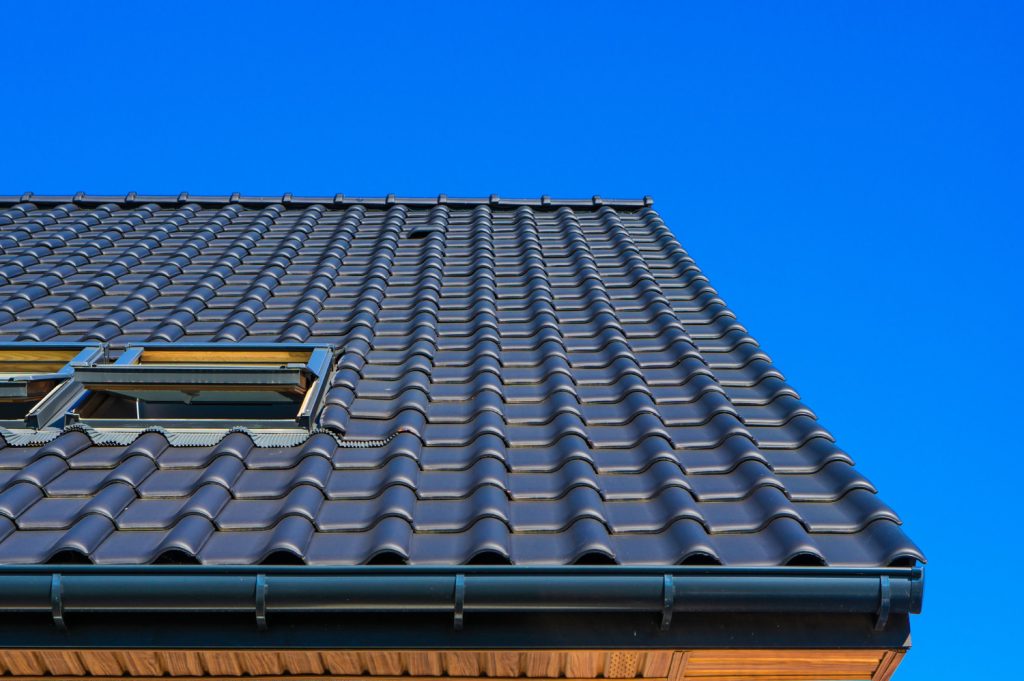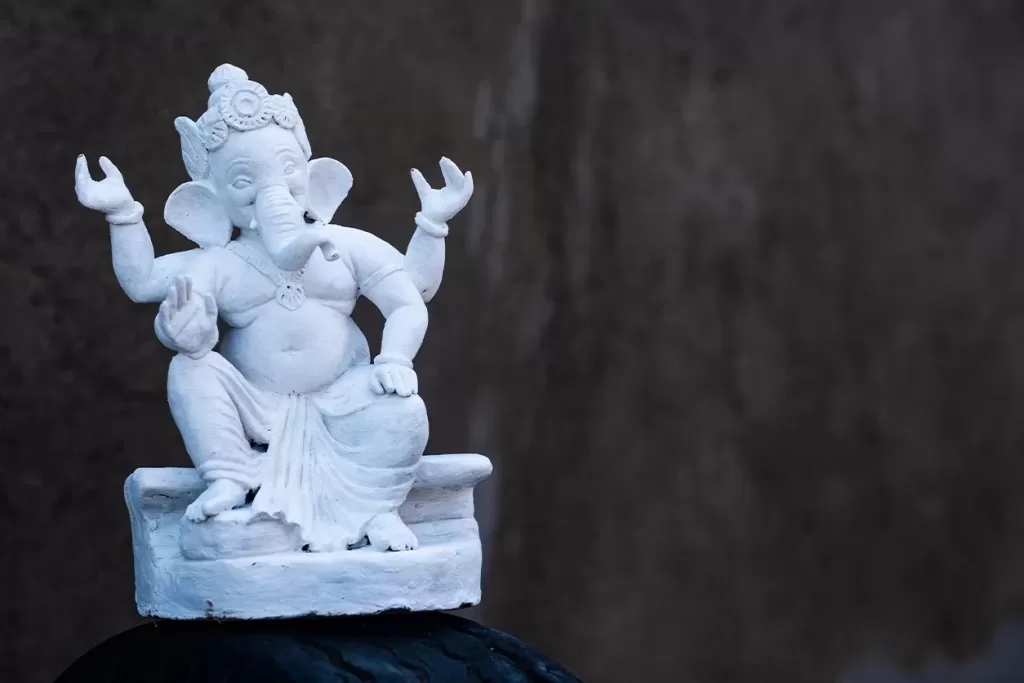Your house walls protect you against environmental conditions. Walls are typically made up of bricks, concrete blocks, concrete slabs, etc. Therefore, these walls must be protected for the longevity of your home while also protecting the occupants. You can achieve this by plastering both your internal and external walls. Depending on the construction requirements, you need to ascertain the plastering thickness. In this article, you can get information specifically on the plastering thickness for external wall.
What is External Wall Plastering?
The technique of laying a layer of plaster or mortar on the exterior surface of a wall is known as external wall plastering. This technique protects the wall from deterioration and creates a smooth and pleasing appearance. External wall plastering improves the building’s visual look while also acting as a barrier against environmental conditions such as the weather.
Plaster is made by mixing cement and sand with water and in some cases, lime. Depending on the type of wall, a certain specific number of plastering coats may be applied to the wall. An optimal plaster thickness not only delivers a visually pleasing result but also greatly influences the overall durability and performance of a wall.
What is Plastering Thickness for External Walls
In most situations, an average plaster thickness is between 15 mm to 20 mm for external walls. Yet, the optimal thickness may depend on the wall’s environmental exposure level, material type and the aesthetic finish, that you desire.
Plastering comprises a base coat and a finishing coat. A second coat may be applied after the base coat depending on the type of surface.
In the case of a two-coat plaster, the total thickness of the base and finishing coat should not exceed 20 mm. In the case of in situ concrete soffits, this thickness should not exceed 15 mm. For three-coat plastering, the total thickness should not exceed 25 mm.
The following is the thickness for individual coats as specified by the Indian Standard (1661).
| No. of coats of plaster | Thickness |
| Single coat plaster (both internal and external) | 10 to 15 mm |
| Two coat plaster | |
| Backing coat | 10 to 12 mm |
| Finishing coat | 3 to 8 mm |
| Three coat plaster (for very rough surface) | |
| Base coat | 10 to 15 mm |
| Second coat | 3 to 8 mm |
| Finishing coat | 3 to 5 mm |
Types of Wall Materials and Their Impact on External Plastering Thickness
Different construction materials come with their respective attributes and demands on plastering. Here is an overview of the most common types.
Brick
A brick wall has a degree of unevenness due to the brick surface’s texture which often necessitates a heavier plaster layer for a smooth finish. A brick wall calls for up to two coats of plaster.
Concrete
Concrete surfaces are usually smoother than brick, permitting slightly thinner layers of plaster. These walls typically receive plastering in two coats.
Blocks
Block walls come with their unique demands for plastering thickness, depending upon the block surface quality and the desired finish.
Number of Coats
Different backgrounds require different numbers of coats:
| Background Surface | Number of Coats |
| Brickwork | 2 or 1 |
| Concrete, in situ | 2 or 1 |
| Building blocks | 2 or 1 |
| Wood or metal lath | 3 or 2 |
| Fibre building board | 2 or 1 |
| Wood wool slabs | 2 or 1 |
| Cork slabs | 2 or 1 |
| Rough stone masonry | 3 or 2 |
Factors Affecting Plastering Thickness of External Wall
There are multiple factors that affect the plastering thickness for an external wall. The major factors are listed below.
Quantity of cement and sand in the mix
The proportion of cement and sand in the mix is central to plaster strength. Typically, one part cement and three parts sand maintain a balance of strength and workability. However, in different circumstances, the proportions will have to be adjusted.
Quality of plaster finish
The quality of the plaster finish also plays an important role in maintaining its thickness. The process is crucial, and any changes made in this procedure can alter its quality. The plaster finish must be evenly mixed at room temperature for an optimum result. The external wall plastering thickness is dependent on the time given for curing.
Environmental conditions
Temperature and humidity can dramatically impact how plaster sets and dries. Too much heat or humidity can lead to cracks or cause the plaster to fall off the wall.
Understanding the importance of plastering thickness and how to achieve an optimal one for your external walls ensures longevity and durability. While aesthetic appeal matters, protecting the external wall from elemental variations is critical in defining the structure’s overall performance.
Plaster your walls with superior quality cement. Explore JK Cement.
FAQs
What is plastering?
Plastering refers to the process of protecting internal and external walls and ceiling with plaster, to provide a smooth finish. Plaster is also used to create decorative mouldings on walls and ceilings.
What is the average thickness of wall plastering?
The average thickness of wall plastering can typically vary based on the purpose and the type of wall. The external wall plastering is usually done in two layers or sometimes even three layers, depending on the required thickness. The first layer is between 10 mm to 12.5 mm thick and the final layer is generally 6 mm thick. It should also be noted that the external plaster’s cement mortar proportion is usually richer than that of internal plaster. This is because external walls are more prone to weather and other environmental impacts, so they need a thicker and more fortified plaster layer.
What is the ratio of the plastering mix for an external wall?
For exterior wall plastering, the cement-to-sand ratio can vary between 1:4 to 1:6.
What is the purpose of plastering on external walls?
Plastering is when a thin or thick layer of cement mortar adhesive material is applied over the brick wall. It protects the wall from harsh environmental elements, provides a smooth surface and finishing, enhances aesthetics and increases the wall’s strength.
What are the types of materials used for plastering?
There are four types of plastering; Lime plaster, Cement plaster, Clay plaster and Gypsum plaster.
What is the recommended thickness of plaster for external walls?
The recommended plaster thickness usually ranges from 15 mm to 20 mm for exterior walls.
















